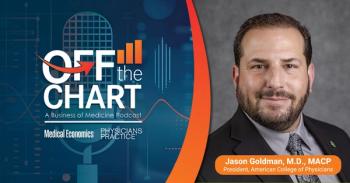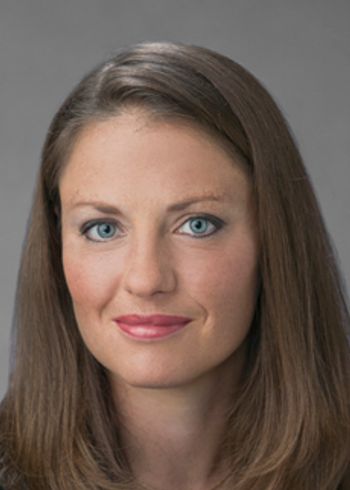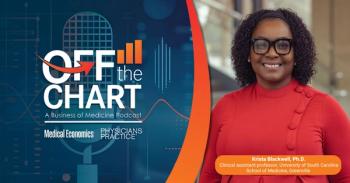
Naloxone: Expanding patient education and access
Prescribers, pharmacists, and payers can use new opioid rules as an opportunity to expand medication access and patient education about the lifesaver.
The U.S Food and Drug Administration (FDA) has recommended that all opioid prescriptions include an advisory to trigger healthcare professionals to discuss and more frequently prescribe naloxone, the opioid antagonist that can rapidly reverse an overdose.
The new advisories are welcome considering that more than
Unsurprisingly, the FDA, CDC, and the U.S. Surgeon General have advocated for expanded production of and access to naloxone. In an advisory, the FDA even indicated that it was working with manufacturers to potentially make the drug available
Naloxone underutilized
Although naloxone prescriptions have increased significantly in recent years, including an increase of
These troubling statistics remain despite naloxone being highly effective and safely administered by non-clinicians. A CDC
The lack of access to naloxone in the home poses risks not only to patients, but also their families. In a survey of more than 100,000 children ages 12 to 17, as many as
How prescribers, pharmacists, and health plans can help
Increasing patient access, public education, and use of naloxone requires a collective effort.
Physicians are the primary resource in co-prescribing the medication along with a high-dose opioid prescription,
Pharmacists filling opioid prescriptions should consider the new opioid directives as part of their clinical evaluation for potential counseling and education with patients, and their families, about the need for naloxone and how to administer it. Pharmacists also can play a critical role in the coordination and communication with the physician to help these at-risk patients.
Greater public distribution of naloxone will help first responders, patients, and their families to reverse more overdoses and save more lives. However, naloxone presents a unique challenge. Administration of the lifesaving drug is rarely executed by the patient and often requires the successful intervention of family or friends. Successfully increasing the use of naloxone requires prescribers and pharmacists to consult, educate, and train those who will be near to the patient in case of an overdose. Because the touchpoints with family and friends are often erratic, improved collaboration and coordination between prescribers and pharmacists are vital to this work.
Health plans can bolster efforts to improve naloxone use by reimbursing pharmacists and physicians to educate patients and families about naloxone administration. This simple upfront cost offers staggering potential healthcare cost savings, based on a reported
Patients on lower opioid doses also may warrant a naloxone prescription. As is required in nearly all states and territories, physicians ordering opioid prescriptions should check their state’s prescription drug monitoring program (PDMP) database to review the patient’s controlled-substance prescribing history. Many physicians also benefit from a clinical decision support tool that offers a data-driven “risk” score—based on the patient’s controlled-substance and medical history—indicating the patient’s increased chance of having an overdose event. If a physician chooses to prescribe opioids in such a case, a naloxone co-prescribing would be warranted.
Progress is evident, but we can, and should, do more
Unlike a vaccine, no single remedy exists for reversing the nation’s opioid epidemic. Rather, reducing opioid use disorder and opioid-related overdoses, while still ensuring those who need opioids use them as intended, requires a collective effort across public and private healthcare professionals, educators, community leaders, first responders and families.
Progress has been made on the prescription opioid front. The U.S. opioid prescription rate fell to the
About the Author
Brian Eidex is the general manager of pharmacy for Appriss Health, a health IT company providing trusted technology solutions to improve public health.
Newsletter
Optimize your practice with the Physicians Practice newsletter, offering management pearls, leadership tips, and business strategies tailored for practice administrators and physicians of any specialty.









